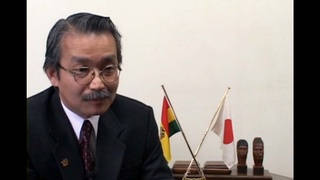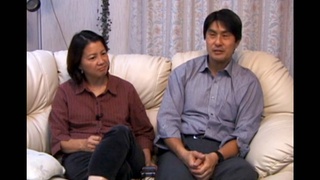Interviews
Avoiding the pigeonhole of stereotypes during school years
I think that there was some stereotyping going on. I think that some of the teachers and some of the administrators in the schools saw many of the Sansei kids as good, quiet, smart Japanese kids who could do well in school, but might not, but should not be encouraged in other ways. For example, perhaps some of these administrators and teachers and counselors felt that Japanese Americans should pursue the sciences and math, and not perhaps the creative arts, or we should aspire to stay local, to go to USC and go to UCLA like everybody else did, but never dream of going to Stanford or Yale or Harvard.
So while I think back on it, and it was certainly a very safe environment, it was an environment where I felt that I could strive for excellence and be whatever I wanted to be. In some ways as I think about it, maybe it was kind of what you might call like a glass ceiling, like we talk about it today, where yes, you should be successful, but you're still Japanese American, so don't strive for too much.
Date: March 23 & 24, 2000
Location: Washington, US
Interviewer: Margaret Chon, Alice Ito
Contributed by: Denshō: The Japanese American Legacy Project.
Explore More Videos

Grandmother's influence on decision to go to Japan
(b.1942) Japanese American ceramist, who has lived in Japan for over 30 years.

A Possible Path towards Happiness… (Spanish)
(1958-2014) Former Bolivian Ambassador to Japan

What is Nikkei? (Japanese)
Tsuda College President, researcher of Nikkei history

Learning from Nikkei (Japanese)
Tsuda College President, researcher of Nikkei history

Nickname
(1926 - 2012) Scholar and professor of anthropology. Leader in the establishment of ethnic studies as an academic discipline

Context affects meaning
(1926 - 2012) Scholar and professor of anthropology. Leader in the establishment of ethnic studies as an academic discipline

Testing assumptions of Japanese scholars
(1926 - 2012) Scholar and professor of anthropology. Leader in the establishment of ethnic studies as an academic discipline




Feeling empowered by taiko
Co-founder and creative director of San Jose Taiko

Sense of lineage between Sansei and Issei through Taiko
Co-founder and creative director of San Jose Taiko

Image of Americans
Sansei from Hawaii living in Japan. Teacher and businesswoman.

Japanese influence growing up
(b.1942) Japanese American ceramist, who has lived in Japan for over 30 years.

Diverse membership in San Jose Taiko
Co-founder and creative director of San Jose Taiko
